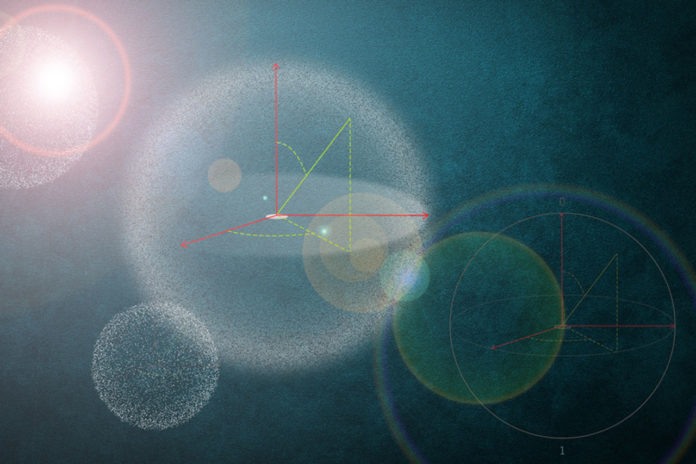Accommodating many qubits together on one processor can lead to a significantly faster quantum computer that can handle far more complex problems than today’s conventional computers. Although that relies on qubit’s integrity, or how long it can operate before its superposition and the quantum information are lost — a process called decoherence, which ultimately limits the computer run-time.
MIT scientists now discovered a way to increase qubit’s performance. In a new study, they proposed that harmless background radiation released by trace elements in concrete walls, and incoming cosmic rays are enough to cause decoherence in qubits.
Keeping this effect, unmitigated can cause qubits to perform faster- just a few milliseconds.
William Oliver, associate professor of electrical engineering and computer science and Lincoln Laboratory Fellow at MIT, said, “These decoherence mechanisms are like an onion, and we’ve been peeling back the layers for past 20 years, but there’s another layer that left unabated is going to limit us in a couple of years, which is environmental radiation. This is an exciting result because it motivates us to think of other ways to design qubits to solve this problem.”
Antti Vepsäläinen, a postdoc in MIT’s Research Laboratory of Electronics, said, “It is fascinating how sensitive superconducting qubits are to the weak radiation. Understanding these effects in our devices can also help other applications such as superconducting sensors used in astronomy.”
There are multiple ways of decoherence to destabilize a qubit, such as fluctuating magnetic and electric fields, thermal energy, and even interference between qubits. It has been widely believed that very low radiation levels may have a similar destabilizing effect in qubits.
During this study, scientists collaborated with Lincoln Laboratory and PNNL scientists to design an experiment that observed the effect of known radiation levels on superconducting qubit performance. For this purpose, they required a known radioactive source — one that became less radioactive slowly enough to assess the impact at essentially constant radiation levels, yet quickly sufficient to evaluate a range of radiation levels within a few weeks, down to background radiation.
Scientists decided to illuminate a foil of high purity copper. Presenting the foil to a high flux of neutrons, copper, generates copious amounts of copper-64, an unstable isotope with precisely the desired properties. They then placed one of the disks next to the superconducting qubits in a dilution refrigerator in Oliver’s lab. At temperatures about 200 times colder than outer space, they measured the copper’s radioactivity’s impact on qubits’ coherence while the radioactivity decreased — down toward environmental background levels.
Scientists measured the radioactivity of the second disk at room temperature as a gauge for the qubit’s levels. Through these measurements and related simulations, the team understood the relation between radiation levels and qubit performance, which could be used to infer the effect of naturally occurring environmental radiation. Based on these measurements, the qubit coherence time would be limited to about four milliseconds.
Removal of a radioactive source shows that shielding the qubits from the environmental radiation improves the coherence time. This task was performed using a 2-ton wall of lead bricks raised and lowered on a scissor lift.
MIT physics professor Joseph Formaggio said, “Cosmic ray radiation is hard to get rid of. It’s very penetrating and goes right through everything like a jet stream. If you go underground, that gets less and less. It’s probably not necessary to build quantum computers deep underground, like neutrino experiments, but maybe deep basement facilities could probably get qubits operating at improved levels.”
Co-authors at MIT include Amir Karamlou, Akshunna Dogra, Francisca Vasconcelos, Simon Gustavsson, physics professor Joseph Formaggio, and David Kim, Alexander Melville, Bethany Niedzielski, and Jonilyn Yoder at Lincoln Laboratory, and John Orrell, Ben Loer, and Brent VanDevender of PNNL.
